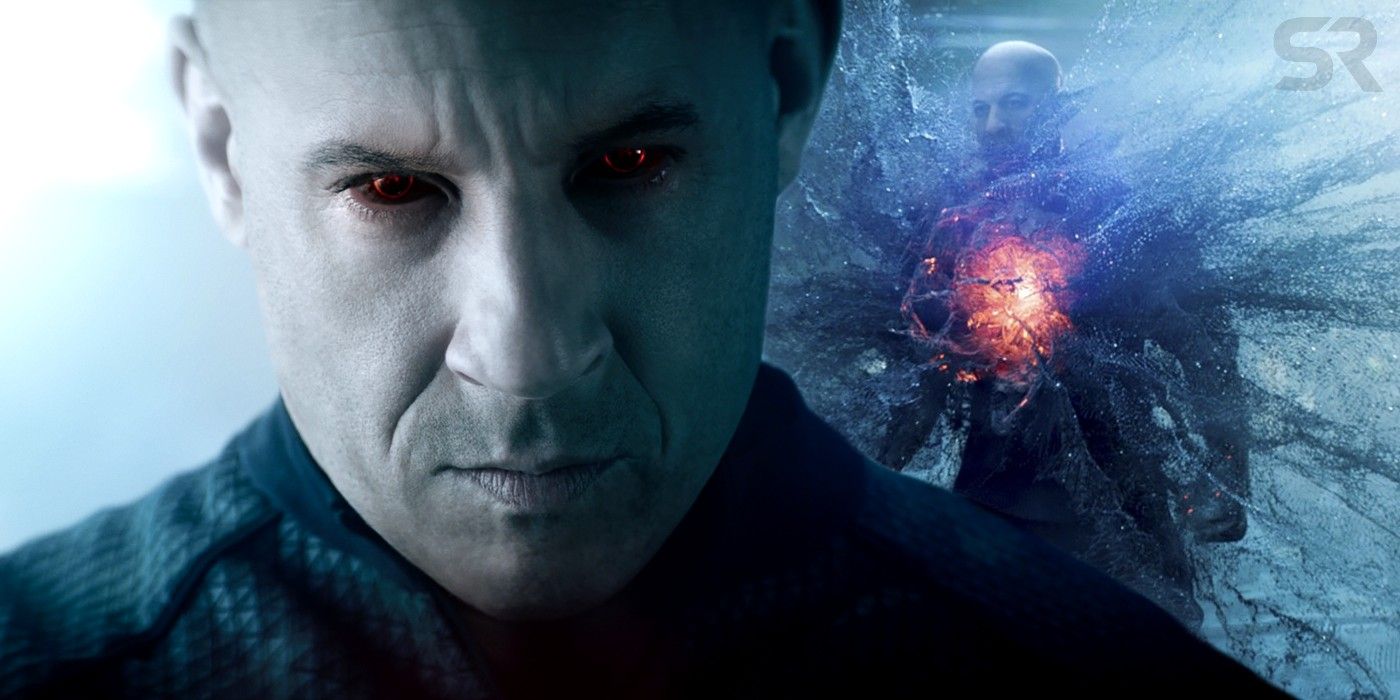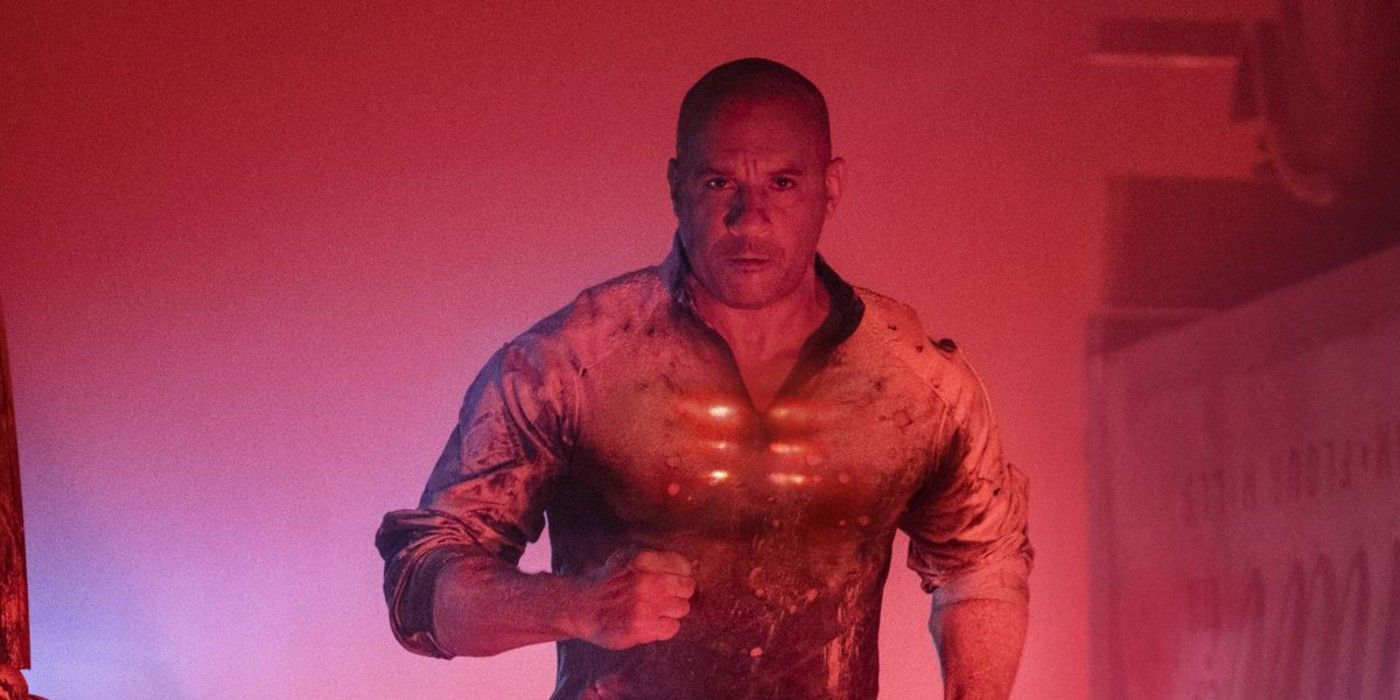Vin Diesel's nanobot superpowers from Bloodshot aren't too far away from becoming a reality. With the superhero genre being been flooded with a variety of Marvel and DC characters with extraordinary abilities, Sony's Bloodshot movie brings one of Valiant's most powerful anti-heroes to the screen. The movie stars Diesel as Ray Garrison, a former soldier whose life was saved by nanobot technology and transformed him into Bloodshot.
Although Bloodshot has a variety of traditional superpowers like super strength, he also is nearly invincible. Bloodshot is powered by nanobots that flow through his bloodstream that are capable of healing him. The nanites are injected into Ray's blood by RST's Dr. Emil Harting (Guy Pearce) and were designed to enhance the biology of the host body, especially when it comes to catastrophic injuries. These nanites have the ability to rebuild damaged tissue but require a lot of energy to do so. If energy levels aren't sufficient, they will start to overheat and ultimately not be able to heal Bloodshot.
With as many science-fiction and comic book elements that Bloodshot includes, it is easy to dismiss most of the tech that RST uses as ideas that are well beyond what human technology is currently capable of. However, the nanobot tech that it features could become part of the real world within the next ten years. Scientists have already created the technology and testing the capabilities of nanobots has begun according to IFL Science. The current tests are centered around using nanobots to eliminate cancer cells within humans, but that is just the beginning of what nanobots could be capable of.
Although the use of nanobots for medical purposes is still in the testing phase, the possibility that they could be used to treat cancer patients on a molecular level is one of many reasons they could prove to be revolutionary to the health industry. Some researchers believe that nanobots will be able to deliver micro dosages of medicine directly where it is needed most. There is even some hope that they'd be able to help treat a variety of other health issues. It's even possible they could be used to fight a worldwide pandemic like coronavirus. However, the expectation still exists that the normalization of nanobots in the medical field is still a decade or so away.
If nanobots do become a common part of human life in the 2030s, then Bloodshot will seem all the more scientifically accurate. The first wave of nanobots likely won't be able to heal humans in the same capacity as the nanites are capable of doing for Ray though. The nanites are always a part of Ray in Bloodshot, but the real-world application of nanobots would likely limit the use of them to only when people need them. Even if nanobots flowing through the bloodstreams of humans becomes common practice, it is still difficult to believe that they'll ever reach a point where they give people enhanced strength and other physical gifts. But, that shouldn't stop the potential for Bloodshot's nanobot tech to becoming part of human civilization before too long. And now that the film is streaming early on VOD, people around the world can currently catch a glimpse at the possible future.


